The day The Don met the Bombay Bradman
Sunil, the “Bombay Bradman”, met the real one on his first visit, 50 years later he is out for another Border Gavaskar series
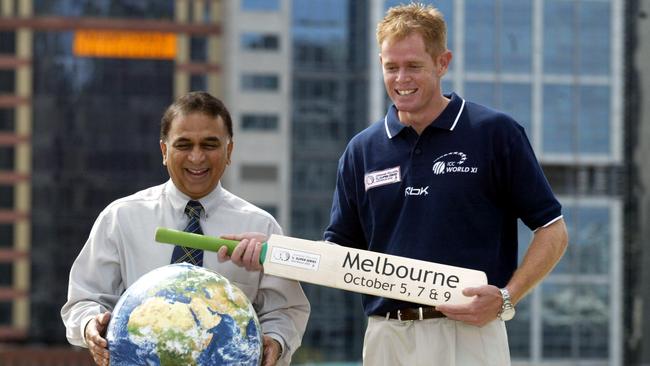
Sunil Gavaskar has made it to Sydney and is quarantining after a flight that diverted to London and then Tokyo before landing in the Harbour City. He has been coming to Australia for the best part of 50 years and flies to Adelaide on Sunday in anticipation of the first Test of a series whose trophy bears his name.
The only Indian commentator or journalist to make the effort, the 71-year-old is recovering by pacing 10,000 steps a day in his hotel room. This image provokes a glib comparison – mine not his – with Nelson Mandela who jogged 45 minutes on the spot, did 100 fingertip push ups and then 50 squats in his cell.
This prompts a tale from the storied life of Gavaskar.
The Indian master batsman was invited to meet the South African at a cricketer-unification dinner in 1991 when Mandela was released from jail.
“We went to see Mr Mandela at his home and while we were leaving and I said ‘sir can I get a memento of this visit’ and he went into an ante room and he came out with, guess what, he came out with Mohammed Ali’s boxing gloves and he said ‘these are the gloves that Muhammad Ali sent me’,” Gavaskar recalls.
“I am now standing there and I am thinking all my Diwalis and Christmases and New Years have come together, Mr Mandela is going to give me Muhammad Ali’s gloves and he said ‘Muhammad Ali heard that I was sparring trying to keep fit in my little room and he sent me these gloves to keep fit’.
“And then he sent the gloves back in, ha ha ha, then he came out with a book and he gave me a book and inscribed it very nicely, but for a while I thought I was going to get Nelson Mandela’s Muhammad Ali gloves.”
It was a telling inscription Mandela made for Gavaskar, one that read “to a great friend whose performance has been a source of inspiration to us all”.
Gavaskar’s feats inspired more than just his own people. Out here to work with Channel 7, he is a generous and engaging story teller with a recall for detail only matched in this country by his former opponent Ian Chappell.
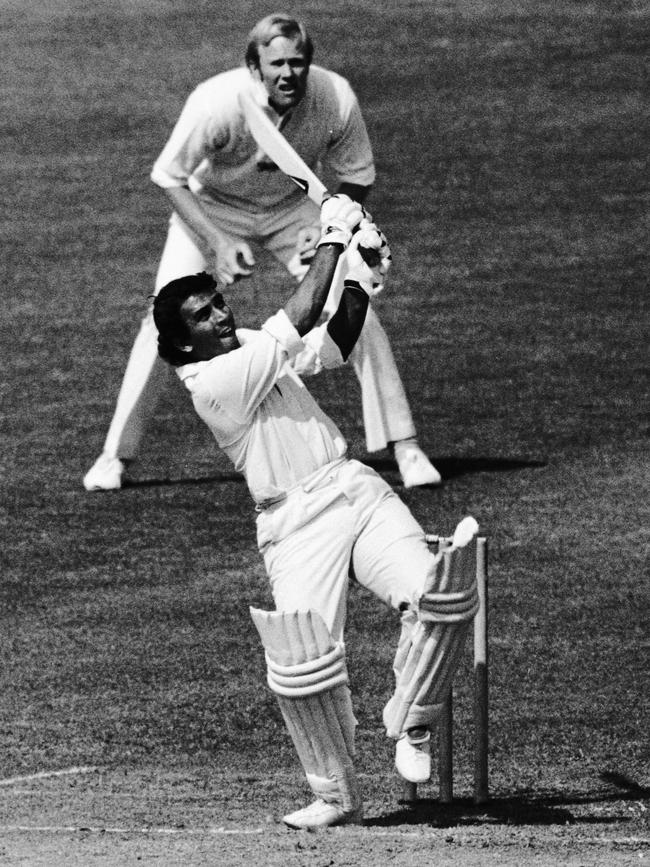
Talk turns to his first trip to Australia in 1971-72 as part of a World XI side chosen to fill the gap left by the cancellation of the South African series because of the apartheid bans (sport has always been political). The World XI, led by Gary Sobers, landed in Adelaide where they were greeted by a suited Sir Donald Bradman.
“Those were the days you got off on the tarmac, we didn’t have these aero bridges and he got off at the tarmac and he came down to receive the World team because he got on so well with Sir Garfield Sobers and he was one of the guys who was instrumental in getting the World XI together,” Gavaskar recalls. “Then he came around looking for me saying ‘where is that little fellow from India’ and then Zaheer Abbas from Pakistan came along and Sir Garfield Sobers saw this and he called the other World XI guys together and he said ‘look at that, look at that, look at these three; there is the Bombay Bradman, there is the Karachi Bradman and there is the real Bradman.”
At some point in the proceedings either Tony Greig or South African batsman Hylton Ackerman had pushed their bags on the little man in the suit thinking he was a local official there to carry their luggage.
“Both of them point fingers at each other, both of them blame the other, both of them said the other did it,” Gavaskar said. “One of them said ‘hold it mate’ but neither accepts the blame.”
The tour was magic for the emerging Indian batsman. His eyes light up when he talks of playing with Sir Garfield. One night in 2008, on the footpath outside an Indian restaurant on the Hobart marina, he delighted us by recreating the West Indian champion’s stroke play during the celebrated 254 at the MCG.
Gavaskar loves cricket’s stories and worshipped those great men he played with.
“It was unbelievable,” he said. “Sir Garfield, Rohan Kanhai (West Indies), the Pollock brothers came late in the tour, Zaheer Abbas, Farokh Engineer, Bishen Bedi was with us, Bob Taylor too …
“When I was growing up the West Indians were the most popular of all teams coming to India, because of the way they played, they had that laidback attitude that everybody loved, but after that it was the Australians that the Indian public love and I think they still do.
“I was looking forward to playing in Australia, I had heard so much; the pitches, I was told, when the ball was hard and new it would be a little bit tough because of the extra bounce and good carry, but once you do the hard yards of the first hour the pitch gets beautiful to bat on.
“Also in a sense it helped me in my first year I went to three major countries, in Feb-March in the West Indies, then June-July-August we were in England and then in December-January we were in Australia, so in one year I did all the major countries, that was a fantastic education for a youngster.”
Gavaskar says the highlight for him involved the very young, very fast Dennis Lillee being bounced and verballed by Sobers.
Lillee had famously done the same at Perth where he’d taken 8-29, dismissing the visiting captain for a duck.
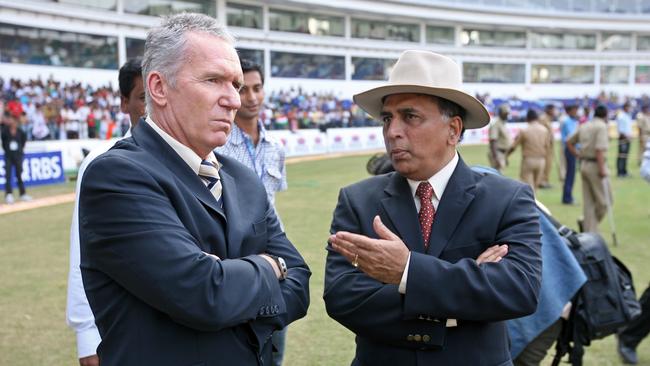
“In the series we had played against the West Indies earlier that year there was never a word spoken and to see Sir Garfield to get a little charged up and say something at the end of his follow through was amazing,” he said.
Gavaskar was also impressed with Lillee’s response when he got the ball in his hand again.
“Everybody in our World XI change rooms was waiting with bated breath, but he didn’t bounce him for two overs and it was only toward the end of that second over he bounced him.
“Sir Garfield was on the back foot anticipating the short one, but it didn’t come until the 11th ball he faced and that told you why he was going to be such a fantastic bowler, he was not just a fast bowler but he was somebody who thought about getting batsmen out.”
It is worth recalling how good a batsman Gavaskar was. The first tour of his Test career in the West Indies saw him post 774 runs at 155 with four centuries.
He was not as productive during the five “Tests” – they are not classified as such – against Australia but made up for it with three successive second innings centuries when he returned six years later.
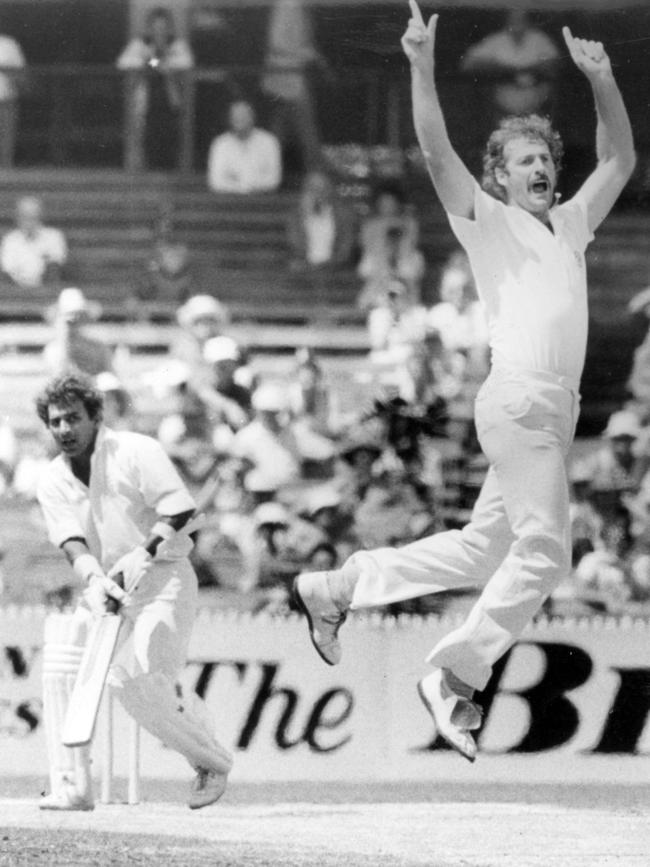
Gavaskar is the godfather of modern champions like Tendulkar and Kohli. The first player in the game to score 10,000 runs and 30 centuries, he was almost the perfect opening batsman, nimble off front or back foot, solid in defence and defiant in attack. Harsha Bhogle observes the effect he had on his countrymen.
“On debut with which he strode into our impressionable minds, Sunil Gavaskar‘s greatest contribution was to instil pride in a generation brought up on low self-esteem,” he once wrote.
“Till he came along, with a boyish mop of hair and a defiant attitude beneath, Indians had been told that they could not play fast bowling.”
Gavaskar strode the world stage when bowling was at its most brutal. He suffered the West Indies in their prime and Australia with Lillee, Jeff Thomson, Len Pascoe and Rodney Hogg.
His powers of concentration were extraordinary, his pride sometimes insulted but never surrendered. Strong off the back foot, he never took a backward step. It is fair to say Gavaskar has tended to charge down the wicket on and off the field.
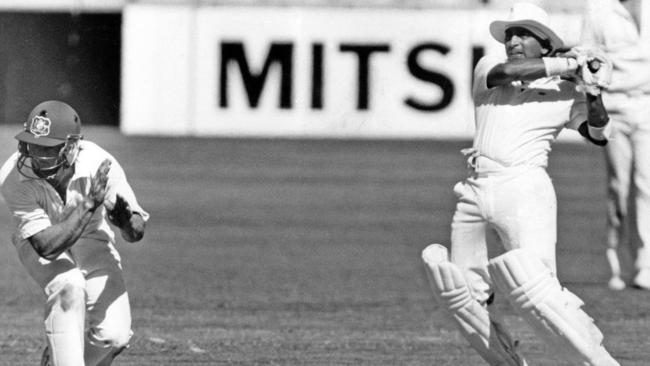
Australians may know the extra pride that comes with their stars achieving feats against the English, but cannot imagine what it was like for India to see him become the first ever to 10,000 runs in a match against, of all sides, Pakistan.
Gavaskar has been front and centre in many of the conflicts between India and Australia over the years. He lost his composure batting with Chetan Chauhan at the MCG in 1981, dragging his companion to the boundary in protest after a bad umpiring decision compounded by abuse from the Australians.
It is, he says, a moment he regrets. During the dark months of the ‘Monkeygate’ scandal he was a vocal presence.
These days, he says, the relationship between the two countries has found a good place, but India’s relationship with England remains a little fractious.
“The IPL has allowed players from different countries to meet in the same change room, see each other’s approaches to the game, to see each other’s attitudes and to see the differing cricketing cultures and understand the cultures and so what the IPL has done it has taken the animosity out of the game that was there earlier on,” he said.
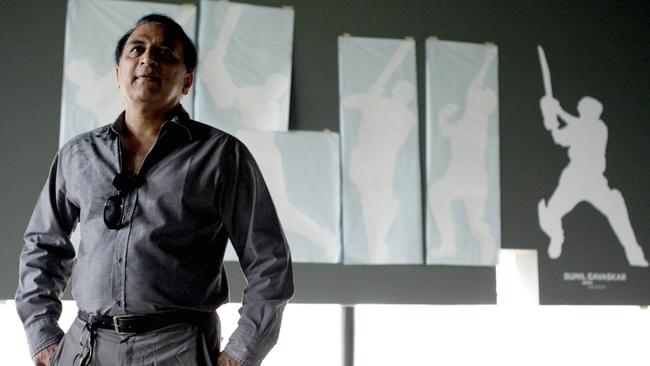
“The intensity is still there when these franchise guys are playing against each other for their countries is still there, that hasn’t died down one bit, but the animosity has gone completely as far as I am concerned.
“There are still remnants of it with England because the IPL clashed with the start of their summer and meant not a lot of players were coming, England and India have more animosity now than India and Australia.”
When it is suggested that the brand of cricket India plays under Kohli is more aggressive than Indian cricket has traditionally been he disagrees.
“I don’t think so, cricket was played according to the needs of the situation, I don’t think the Indian teams in the times I played had any less aggression,” he said. “If you are talking about body language, perhaps yes, but I don’t think it made any difference to the players approach as far as the will to win was concerned.
“Just because Sachin Tendulkar didn’t thump his chest or scream around, or a Rahul Dravid didn’t do that or a VVS Laxman, or an MS Dhoni for that matter, or a GR Viswanath or a Chandrasekhar or Kapil Dev, doesn’t mean they were not aggressive, as far as wanting to get wickets and wanting to get runs.
“That aggression was there, today it is a little bit more obvious in terms of the body language.”
Chauhan, a great mate of Gavaskar’s and a cricketer fondly remembered in Adelaide from the time he spent there, died recently of COVID-19. One of Gavaskar’s regrets from the Melbourne incident was distracting his teammate who then fell 15 runs short of what would have been his only Test century.
“I spoke to Chetan’s wife recently and she said he was being stubborn, he was a minister in the Uttar Pradesh government so he didn’t want to go to a specialist hospital where he would have been better off, so he was in one of the hospitals where maybe the facilities weren’t there.
“It is so sad, so very sad.”
Gavaskar said that when Chauhan was in charge of the Delhi association they would run into each other often.
“Every time I would bump into him he would say ‘come, come, come … come my partner give me a hug we are in the mandatory (final) overs of life’.
“I would say ‘come on Chethan, stop talking like this, stop being negative, let’s have another century partnership’.”

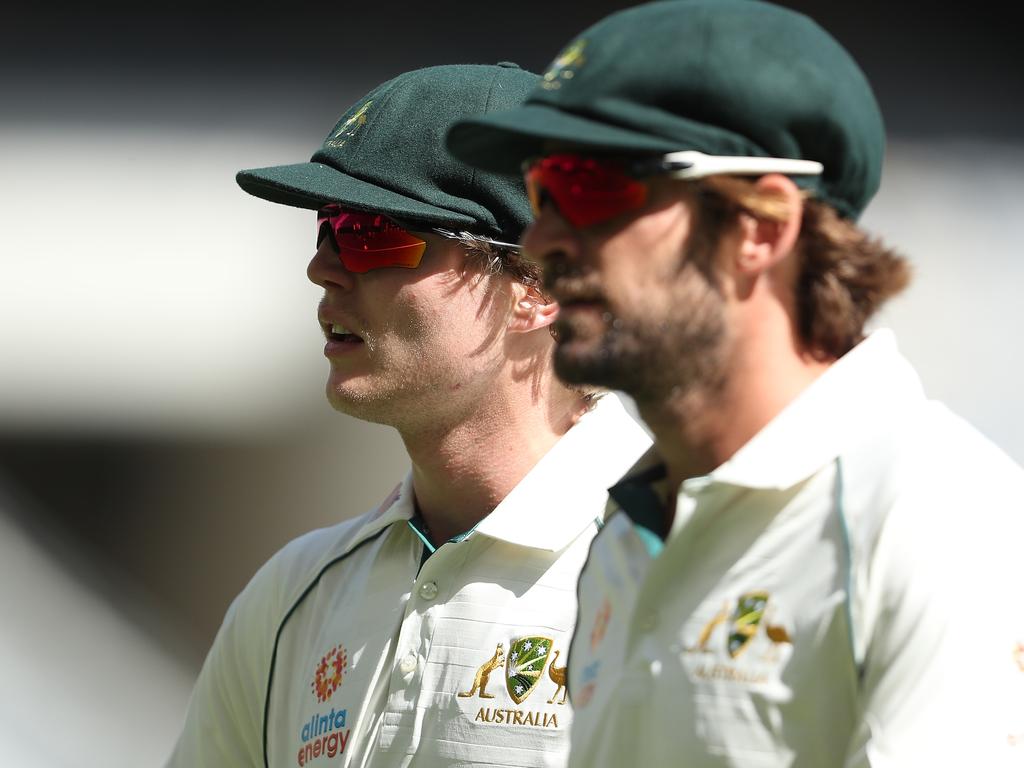


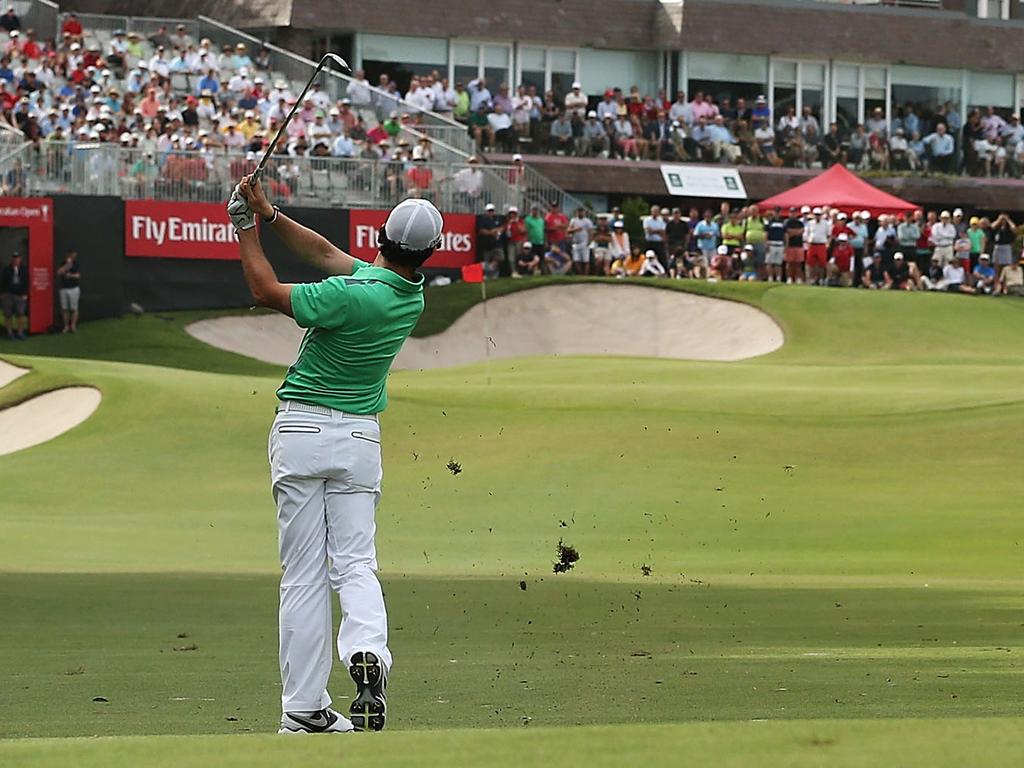
To join the conversation, please log in. Don't have an account? Register
Join the conversation, you are commenting as Logout